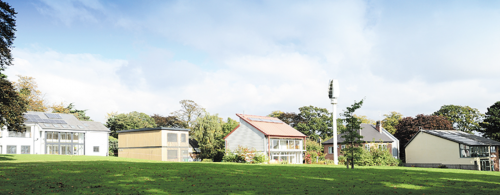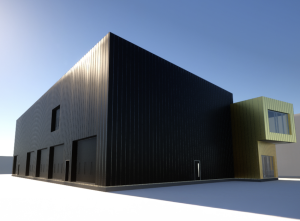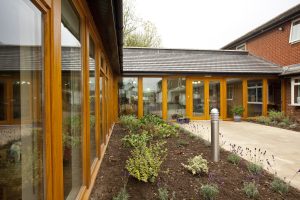Energy storage technology trials held at the University of Nottingham

New energy storage technology that could cut household bills and aid the UK’s net-zero goals has been set up at the University of Nottingham’s Creative Energy Homes.
The project, costing £2.6m, is financed by the UK Department for Business, Energy and Industrial Strategy as part of the Longer Duration Energy Storage Demonstration program, which is a component of the £1bn net zero innovation portfolio.
Alongside Nottingham, the project team is made up of researchers from Sheffield and Loughborough universities, as well as Mixergy, a hot water storage company.
This installation is a step forward in the advanced distributed storage for the Grid Benefit Project, led by researchers from the University of Sheffield and also aims to turn thermal energy storage technologies, originally developed at the University of Loughborough, into practical solutions.
These technologies store extra energy from sources like solar or wind and release it during peak demand or when there’s an energy supply shortage.
The team conducted a study on two types of energy storage: thermochemical storage for long-term storage and phase change material technology for short-term storage.
By combining these technologies, there is potential to cut carbon emissions, provide a versatile approach to storing renewable energy, and contribute to the UK’s net-zero goals.
Mark Gillot, professor of sustainable design at the University of Nottingham, said: “Soaring household bills have been hitting headlines for months as the cost-of-living crisis continues. Therefore, finding an effective alternative has never been more important. Thermal energy storage has the potential to solve two issues in one – not only is it cost-effective, but it also removes renewable energy’s dependency on specific weather conditions.
“This is the first of two installations scheduled to take place at Nottingham this year. We’ve started with PCM technology and will follow with TCS later on in autumn, which will provide us with comparable data for both types of technology. By undertaking these trials at lived-in homes, we’ll be able to provide accurate results that will allow us to scale up the technology and bring it to market as quickly as possible.”









